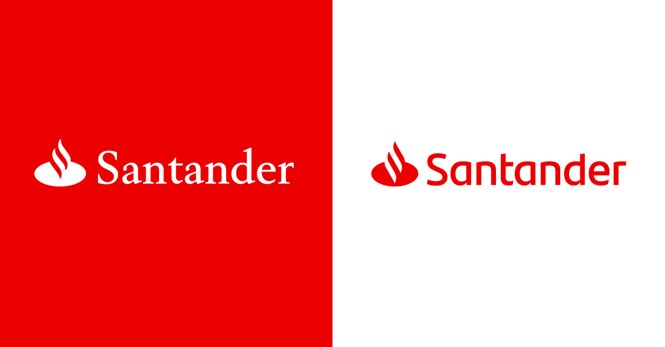Santander updates logo and enters digital age

Santander Bank has partnered with leading global brand consultancy Interbrand in an effort to compete with important digital brands around the world.
This follows a growing trend in the finance industry, with banks such as Falcon and Nest having undergone already a rebrand with the intent of fitting in the new digital age lifestyle, which demands ease and speed. Even more banks, such as HSBC, are said to be planning on a rebrand in the following months.
The rebrand has been designed due to the need for a more suitable image for the digital channels and the desire to show the bank’s new corporate culture and its transition into a digital platform for financial services. The bank’s ambition is to gain 30 million digital customers in 2018.
Executive chairman of Santander, Ana Botín, says, “The Santander brand is one of our bank’s major strengths and is recognised internationally for the trust and credibility it conveys. We have to change and innovate. The brand must evolve too, to accompany our transformation, to be more visible and to convey our culture better.” Botín adds, “For the first time in the history of the group, there will be a single brand in all our markets. This new brand is more modern and its visibility improves 20% in digital formats.”
The new logo is not straying too far from the previous one that carried the bank’s core identity with the banks name and red flames since 1986. The new logo features a slimmer font with a bright red color easily adaptable to digital formats, while the red background has been swapped for a cleaner-looking white one that aims to improve visibility and achieve a minimalist aesthetic.
In order for Santander to go through with the rebrand, an extensive opinion research among employees and customers took place. The results of the research showed that the brand needed a fresher image without disregarding its heritage. To convey that, Santander chose ‘evolution, not revolution’ for the brand, creating a new company profile that stays true to its core elements and displays ‘a better version of ourselves.’
The rebrand will gradually start in digital formats such as webs, apps, social media and ATMs, as well as in corporate communication and advertising and will later spread to branches and office supplies.
For more from Transform magazine, follow us on Twitter @Transformsays












